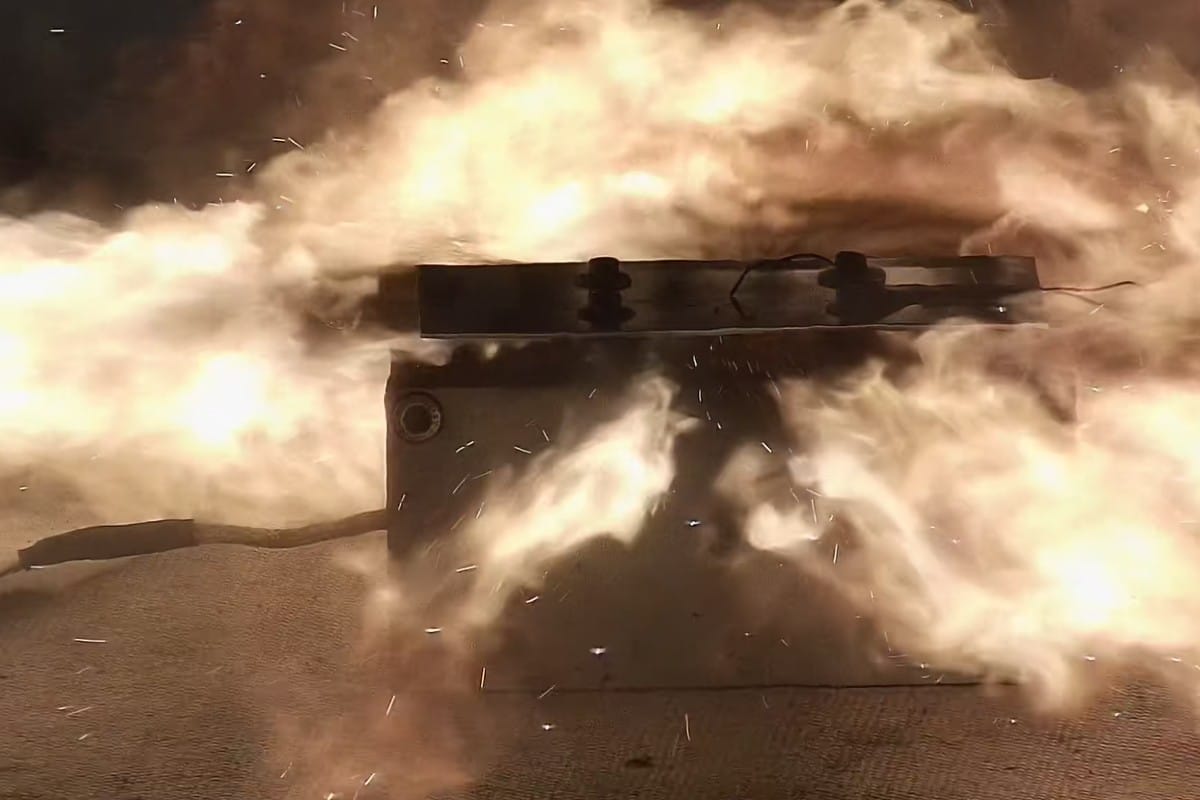AZL develops fire test for battery casings
The AZL is part of RWTH Aachen University and has already launched several research initiatives on battery casings in recent years. The new project, scheduled to run for around nine months, is described by the centre as a “response to the growing importance of thermal management and fire protection in electromobility.” It bears the title: “Thermal Runaway Testing for Battery Casings – Benchmarking Systems for High-Gradient Heating and Hot Particle Blasting,” and aims to produce a realistic fire test to examine materials for battery casings.
“The project centers around the development and implementation of a new test bench that combines high gradient flame exposure and controlled hot particle impact – mimicking the complex conditions of thermal runaway events in modern cell technologies such as LFP and NMC,” the Aachen team explains. They aim to enable “systematic benchmarking” of materials under stress conditions prevalent in the automotive as well as the aerospace industries.
The tests will compare, for example, the thermal resistance and mechanical integrity of materials in different scenarios. The resulting insights are expected to provide impetus for material development, qualification, and supplier evaluation.
The official project launch is set for 15 July. However, the AZL does not specify with whom it is cooperating. According to those responsible, participants will gain access to the final benchmarking results and can also contribute and test their own material configurations.
The new project builds on a predecessor in which the AZL team, together with 24 industry partners (including BMW and Audi), developed a test procedure for examining materials. This allows the measurement of material strength at different flame temperatures. In this way, AZL has already tested more than 50 different materials (“metals, plastics, fibre-reinforced, coated, compact, sandwich”) and evaluated their specific performance (“survival at tensile load and 800, 1000 and 1200°C flame exposure; failure; areal weight; cost per area”). The newly announced project builds on these results and the existing testing infrastructure.
“It enables participants to pool resources, validate their own solutions, and gain insight into leading alternatives in the market,” the Aachen researchers emphasise, highlighting that the casing is far from a mere supporting component in battery design. This is due to the wide range of options available in material selection, construction, and protective measures, all of which influence weight, cost, and CO2 footprint.
Source: Info via e-mail





0 Comments